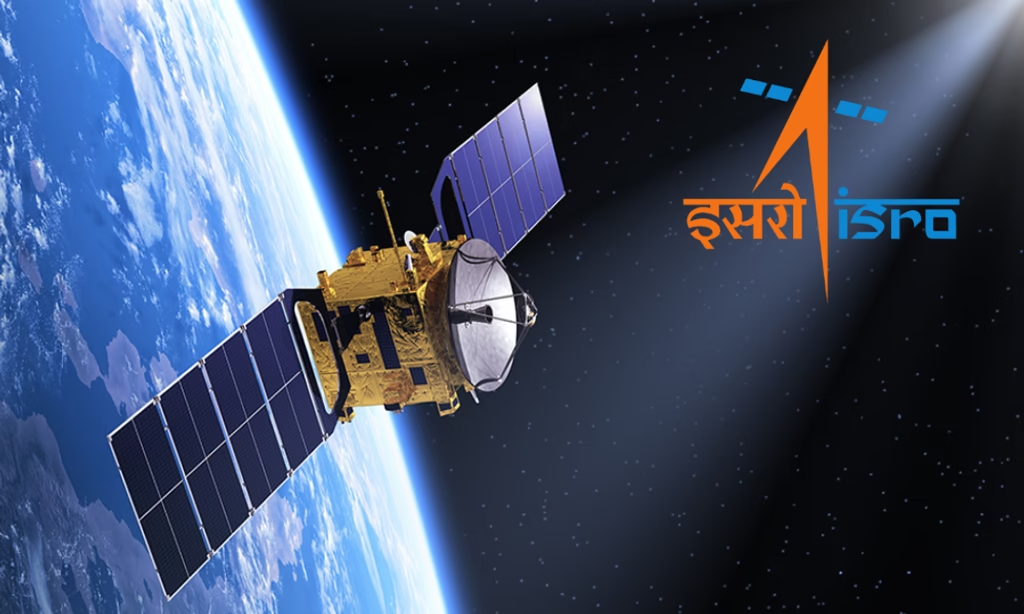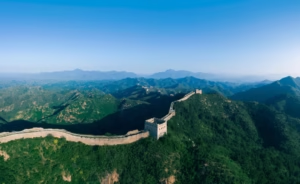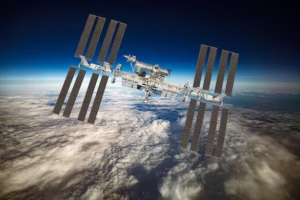Global Warming and the Melting of Antarctica
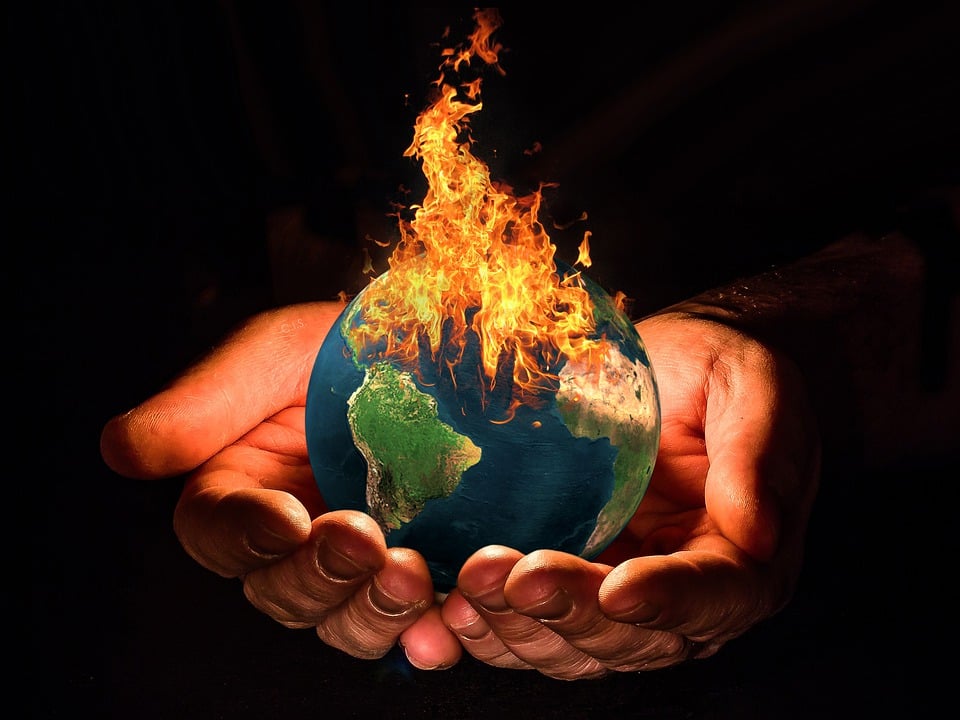
Introduction
Antarctica, the southernmost continent, is experiencing unprecedented changes due to global warming. The rapid melting of its ice sheets is not only altering its landscape but also contributing significantly to rising sea levels and affecting global climate patterns. Understanding these changes is crucial for predicting future environmental scenarios and implementing effective mitigation strategies.
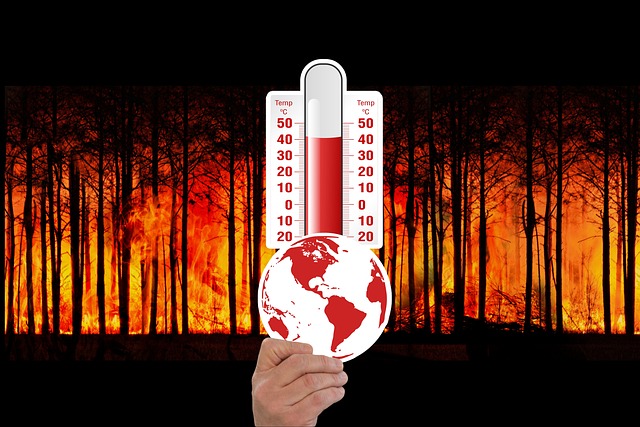
Understanding Antarctica’s Ice Sheets
Antarctica’s ice sheets are vast expanses of ice covering the continent. They are primarily divided into two major regions:
- East Antarctica: The larger and more stable part, containing about 53.3 meters of potential sea-level rise
- West Antarctica: More vulnerable to climate change, with a potential sea-level rise of up to 4.3 meters.
These ice sheets hold approximately 60% of the world’s fresh water, making them critical to global sea levels.
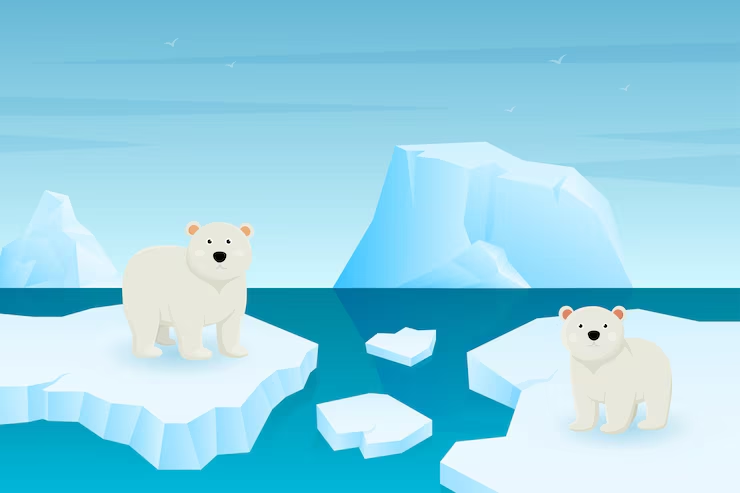
The Impact of Global Warming on Antarctica
Rising Temperatures and Ice Melt
Global warming has led to increased temperatures in Antarctica, accelerating the melting of ice sheets. For instance, in March 2022, East Antarctica experienced the most extreme heatwave ever recorded, with temperatures soaring 38°C above normal. Such anomalies contribute to the rapid disintegration of ice shelves, which act as barriers holding back glaciers.
Thinning Ice Shelves
Ice shelves, like the Thwaites Ice Shelf in West Antarctica, are thinning due to warmer ocean waters. This thinning weakens the ice shelves, allowing glaciers to flow more rapidly into the sea, further accelerating sea-level rise.
Loss of Sea Ice
Sea ice surrounding Antarctica is also diminishing. In recent years, the extent of sea ice has been shrinking, exposing more of the ocean’s surface. This leads to a feedback loop where less ice means less sunlight is reflected away, causing further warming and more ice melt.
Consequences of Melting Ice Sheets
Rising Sea Levels
The most immediate effect of melting Antarctic ice is the rise in global sea levels. Even a modest increase can lead to coastal flooding, erosion, and the displacement of millions of people living in low-lying areas.
Disruption of Ocean Currents
The influx of freshwater from melting ice disrupts the salinity and density of seawater, affecting ocean currents. These currents play a vital role in regulating global climate by distributing heat and nutrients across the planet.
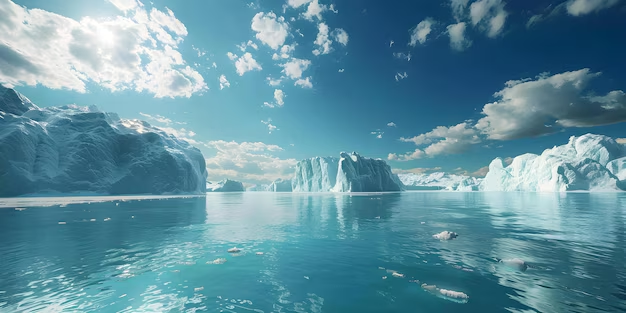
Impact on Global Climate Patterns
Changes in ocean currents can lead to shifts in weather patterns, including more intense storms, altered precipitation, and temperature extremes. These changes can have profound effects on agriculture, water resources, and ecosystems worldwide.
Ecological Implications
Threats to Marine Life
The warming of ocean waters and loss of sea ice threaten marine species that depend on these habitats. For example, Emperor penguins rely on stable sea ice for breeding and foraging. Recent studies have shown a significant decline in their populations due to the loss of suitable habitats.
Altered Ecosystems
The melting ice introduces nutrients into the ocean, leading to changes in phytoplankton populations. These shifts can affect the entire marine food chain, impacting fish stocks and other marine life.
Global Implications
Economic Impact
Rising sea levels and extreme weather events can damage infrastructure, disrupt trade, and increase the costs of disaster response and recovery. Coastal cities and island nations are particularly vulnerable to these changes.
Social and Political Challenges
Climate-induced displacement can lead to “climate refugees,” creating social and political challenges. Nations may face conflicts over resources, migration, and responsibility for climate action.
Mitigation and Adaptation Strategies
Reducing Greenhouse Gas Emissions
The most effective way to slow the melting of Antarctic ice is to reduce global greenhouse gas emissions. This involves transitioning to renewable energy sources, improving energy efficiency, and adopting sustainable practices across various sectors.
Protecting and Restoring Ecosystems
Conserving existing natural ecosystems and restoring damaged ones can help absorb carbon dioxide and reduce the impacts of climate change. Efforts include reforestation, wetland restoration, and sustainable land management practices.
Strengthening Climate Policies
International agreements, such as the Paris Agreement, play a crucial role in coordinating global efforts to combat climate change. Nations must commit to ambitious targets and implement policies that promote sustainability and resilience.
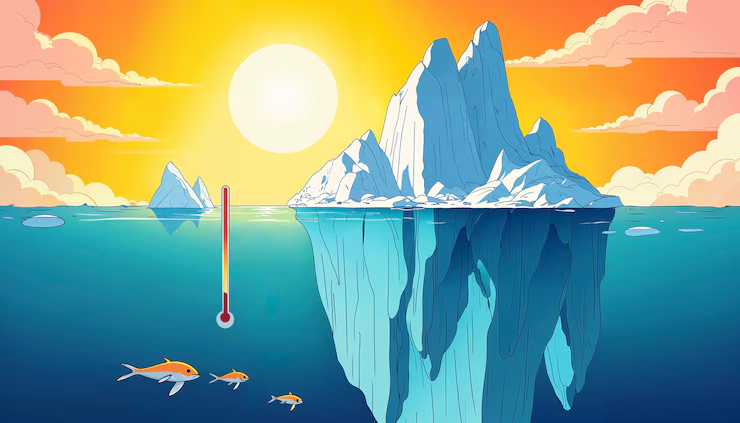
Conclusion
The melting of Antarctica’s ice sheets is a clear indicator of the profound effects of global warming. These changes have far-reaching implications for sea levels, climate patterns, and ecosystems worldwide. Addressing this issue requires coordinated global action to mitigate climate change and adapt to its inevitable impacts. By understanding the science behind these changes and implementing effective strategies, we can work towards a more sustainable and resilient future.
Recent Developments:
- Emperor Penguin Population Decline: A significant 22% decline in emperor penguin populations has been observed across 16 colonies in parts of Antarctica, attributed primarily to climate change and the reduction of sea ice.
- Thwaites Glacier Instability: The Thwaites Glacier, known as the “Doomsday Glacier,” has been losing over 600 billion tons of ice since the 1980s. The removal of its ice shelf could increase its contribution to sea-level rise by up to 25%.
- Record Heat in Greenland and Iceland: In May 2025, Greenland and Iceland experienced record-breaking heat, leading to accelerated melting of ice sheets and raising concerns about global sea-level rise.
https://www.thehindu.com/sci-tech/science/is-global-warming-accelerating/article69202066.ece

